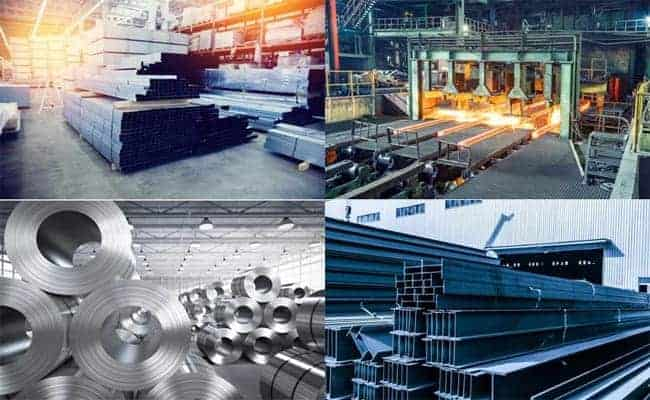Your Ultimate Guide to Understanding the Life Cycle of Steel
Steel is an essential material that supports various industries, from construction to automotive manufacturing. Its life cycle encompasses multiple stages, including raw material extraction, production, utilization, recycling, and disposal. Understanding this process highlights the efficiency and sustainability of steel, making it a preferred choice across industries.
1. Extraction and Raw Material Processing
The life cycle of steel begins with the extraction of iron ore, coal, and limestone. These raw materials are processed in blast furnaces to create molten iron. Steel factory manufacturers play a crucial role in transforming these raw materials into high-quality steel products. The extraction phase is energy-intensive but is optimized to reduce environmental impact through modern technologies.
2. Steel Production
Once the raw materials are processed, steel is manufactured using either the Basic Oxygen Furnace (BOF) or the Electric Arc Furnace (EAF) method. The BOF process primarily uses raw iron, while the EAF process relies on recycled steel, reducing waste and conserving natural resources. Structural steel manufacturers ensure that the steel produced meets industry standards, providing durability and strength for various applications.
3. Steel Utilization Across Industries
Steel finds applications in numerous industries, from construction and infrastructure to transportation and household appliances. Structural steel manufacturers in India contribute to the development of high-rise buildings, bridges, and industrial frameworks, ensuring robust and long-lasting structures. The automotive sector also relies on steel for vehicle bodies, ensuring safety and durability.
4. Recycling and Reusability
One of the most significant aspects of steel is its recyclability. Unlike other materials, steel can be recycled indefinitely without losing its properties. Steel manufacturing company India focuses on sustainable production by incorporating scrap metal into new steel manufacturing, reducing energy consumption and lowering carbon emissions. The recycling process contributes to the circular economy, making steel an environmentally responsible choice.
5. Advanced TMT Bar Manufacturing
Thermo-Mechanically Treated (TMT) bars are a crucial component in modern construction. Best TMT Bars in Bangalore are known for their high tensile strength, ductility, and corrosion resistance, making them ideal for reinforcing concrete structures. These bars undergo rigorous testing to meet the required safety standards, ensuring reliability in construction projects.
6. Steel in South India’s Growing Market
The demand for high-quality steel products is rising in South India due to increasing urbanization and infrastructure development. TMT Bars South India are widely used in residential, commercial, and industrial projects. Their superior strength and earthquake resistance make them a preferred choice for builders and engineers.
7. Future of Steel Manufacturing
With advancements in technology and sustainable practices, the steel industry is evolving to meet future demands. TMT bars manufacturers in South India are focusing on innovative production methods, such as using renewable energy sources and reducing emissions. The adoption of digitalization and automation in steel plants is further enhancing efficiency and productivity.
CONCLUSION:
The life cycle of steel, from raw material extraction to recycling, showcases its durability, sustainability, and versatility. As industries continue to rely on high-quality steel products, manufacturers play a key role in ensuring superior standards. A One Steel Group remains committed to delivering top-grade steel products, contributing to India's infrastructure growth while embracing environmentally responsible practices. By understanding steel’s life cycle, industries can make informed choices for a sustainable future.





Comments
Post a Comment